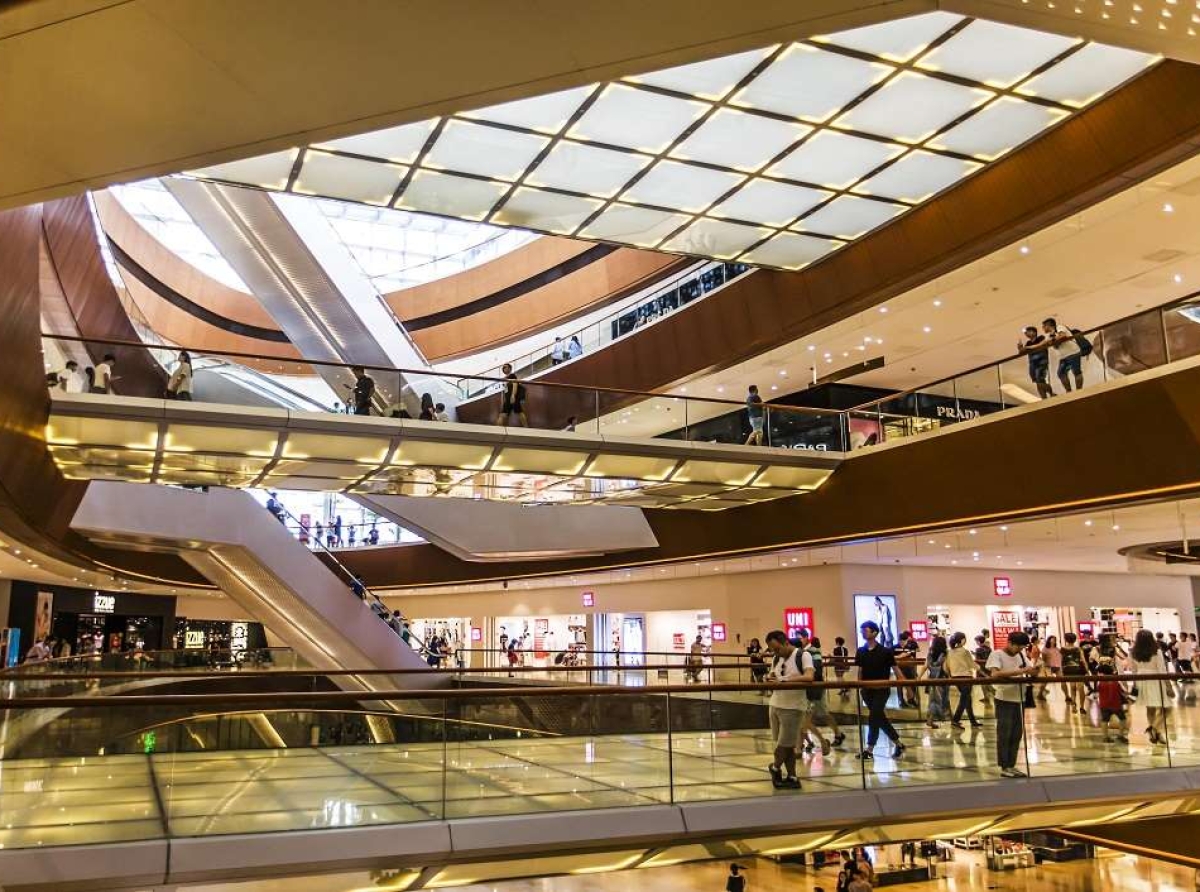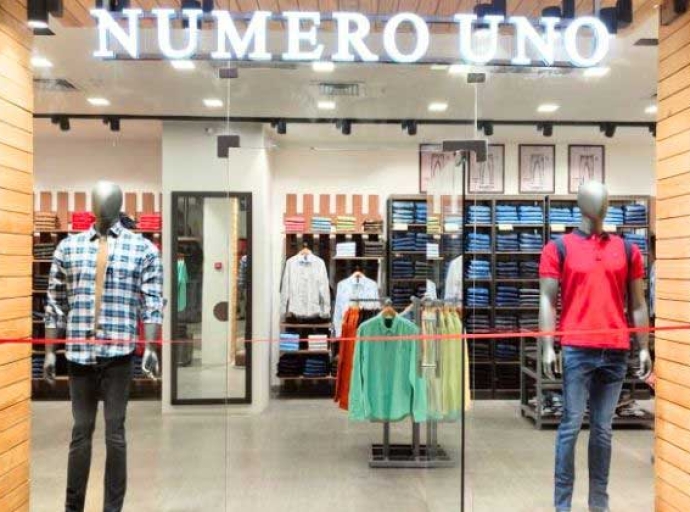India's retail sector is undergoing a massive transformation with the upcoming launch of several mega-malls across the country. These malls are more than just shopping destinations; they are architechtural marvels boasting entertainment zones, leisure facilities, and community spaces, creating a whole new experience for urban dwellers.
Growth of mega-malls
Several factors are working as catalyst for the growth of mega malls across cities. One major reason is India's burgeoning urban population with rising disposable incomes seeking a one-stop destination for shopping, entertainment, and socializing. As cities expand, there's a need for integrated developments that cater to various needs within a single location. And mega-malls cater to this evolving demand.
Moreover, Indian consumers are increasingly drawn towards experiences alongside shopping. Mega-malls offer a holistic experience with entertainment zones, gaming facilities, and diverse dining options. Also, malls present lucrative investment opportunities for real estate developers. The potential for high footfalls and rental income attracts significant investments in these projects.
Table: Top mega malls to watch out for by 2025
|
Mall Name |
Location |
Area (sq. ft.) |
Key features |
Impact |
|
Lulu Mall, Hyderabad |
Hyderabad, Telangana |
2 million |
Over 300 stores, Indoor amusement park, multiplex, food court (100+ outlets) |
Employment generation, tourist attraction |
|
Phoenix Marketcity, Pune |
Pune, Maharashtra |
2.1 million |
Over 350 stores, multiplex, gaming zone, indoor amusement park |
Retail & entertainment hub |
|
DLF Mall of India, Gurugram |
Gurugram, Haryana |
2.5 million |
400 Stores luxury, premium, affordable), multi-screen cinema, gaming arcade |
World-class shopping & entertainment |
|
Brigade Gateway, Bengaluru |
Bengaluru, Karnataka |
1.8 million |
Over 250 stores (luxury to high-street), multiplex, entertainment zone |
Self-sustained community with residential & healthcare facilities |
|
Seawoods Grand Central |
Navi Mumbai, Maharashtra |
1.7 million |
Over 300 stores, multiplex, family entertainment center |
Commercial & retail hub of Navi Mumbai |
|
Sarath City Capital Mall |
Hyderabad, Telangana |
1.9 million |
Over 350 stores (luxury, premium, high-street), multiplex, indoor adventure park |
Boost local economy, Job creation |
|
Mantri Square |
Bengaluru, Karnataka |
1.5 million |
Over 300 stores, multiplex, family entertainment center |
Holistic shopping & living experience |
|
Pacific Mall |
Noida, Uttar Pradesh |
1.6 million |
Over 350 stores (high-end, high-street), multiplex, gaming zone |
Key retail destination |
|
Ambience Mall |
Pune, Maharashtra |
1.8 million |
Over 300 stores (luxury, premium, high-street), multiplex, indoor amusement park |
World-class shopping & entertainment |
|
World Trade Center Mall |
Chennai, Tamil Nadu |
2 million |
Over 400 stores, multi-screen cinema, family entertainment center |
Major commercial & retail hub |
Impact of mega-malls
These upcoming malls are expected to have a significant impact on Indian cities.
Economic boost: Malls will create job opportunities, attract tourists, and generate revenue, bolstering local economies.
Enhanced shopping experience: Consumers will have access to a wider range of brands and a more enjoyable shopping experience.
Community hubs: Malls can evolve into social centers, fostering community interaction and offering leisure options.
Retail transformation: The focus on experience-driven shopping will redefine the retail landscape, benefiting both consumers and brands.
The arrival of these mega-malls will give a huge boost to Indian retail space as these are more than just shopping destinations; they are lifestyle centers that promise to redefine the way people shop, relax, and socialize in India. As these projects take shape, they will transform the retail landscape and solidify the country's position as a major global consumer market.
Latest Publications


































